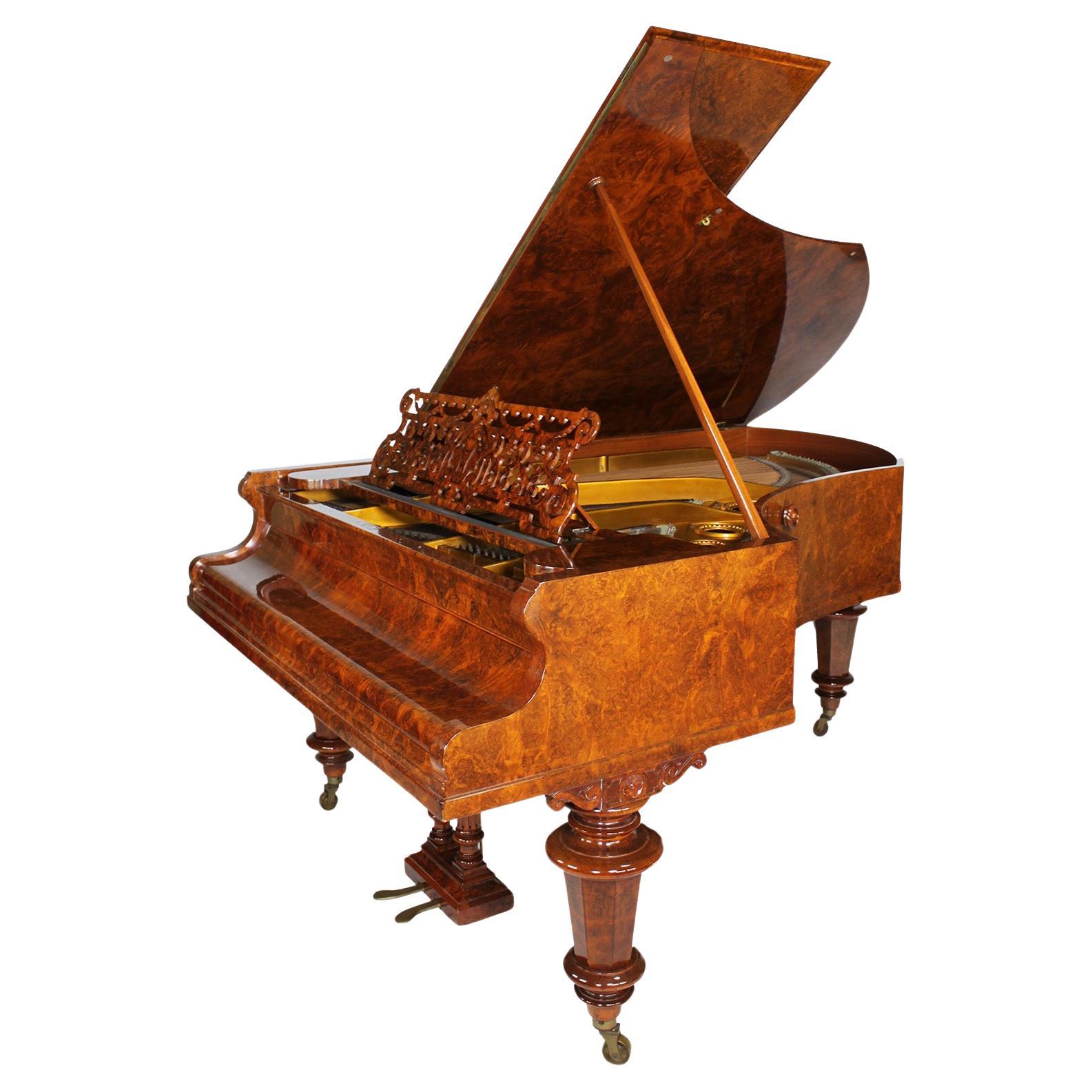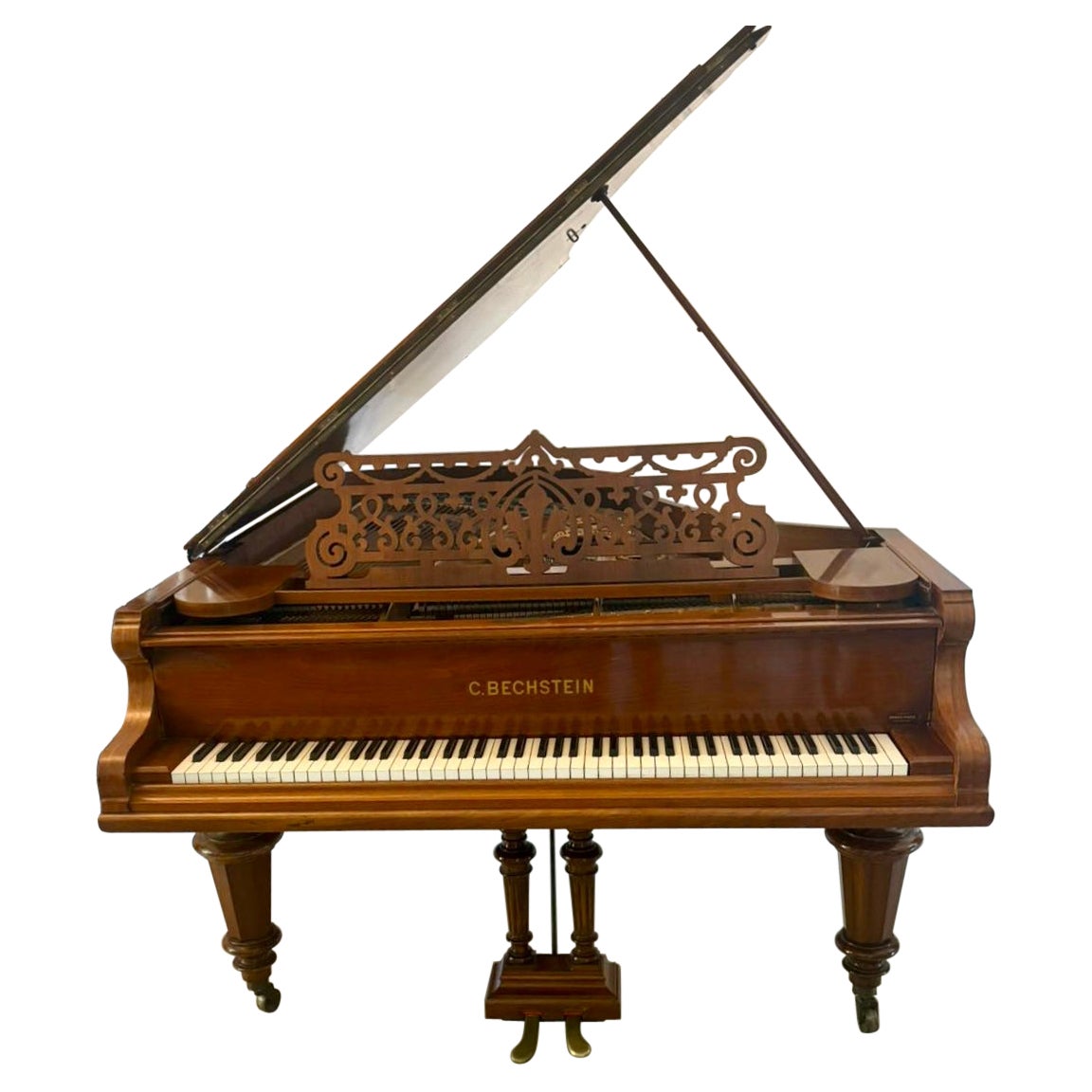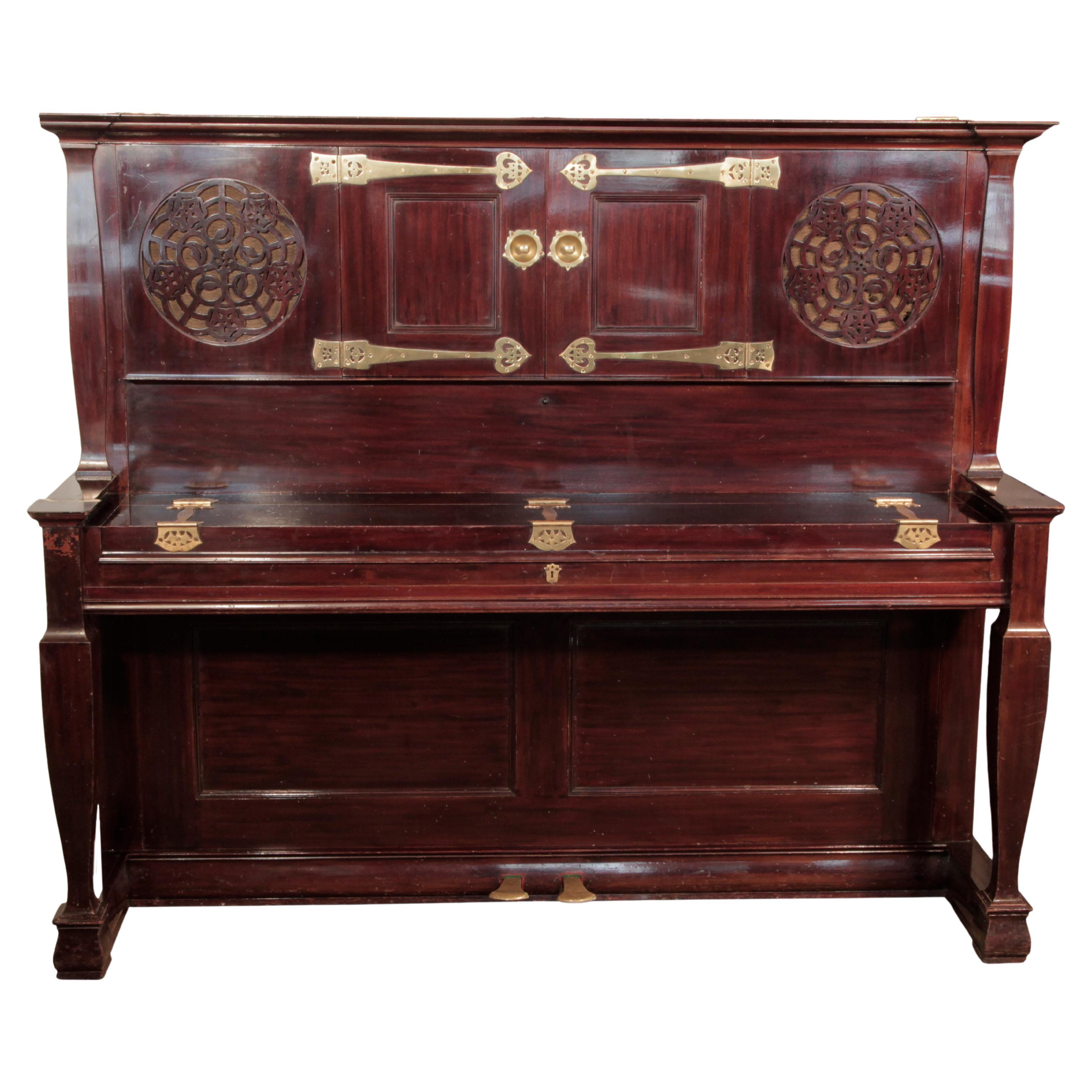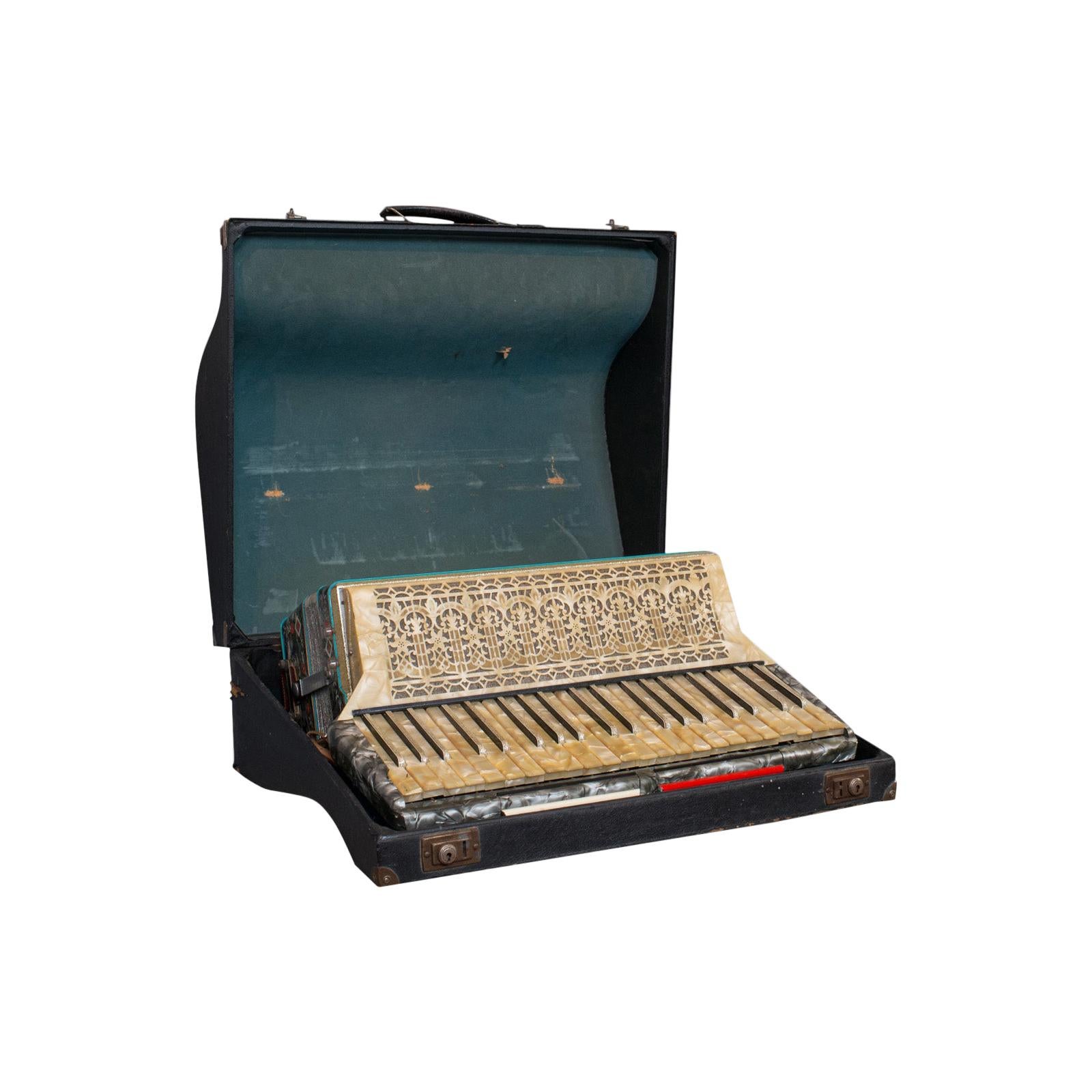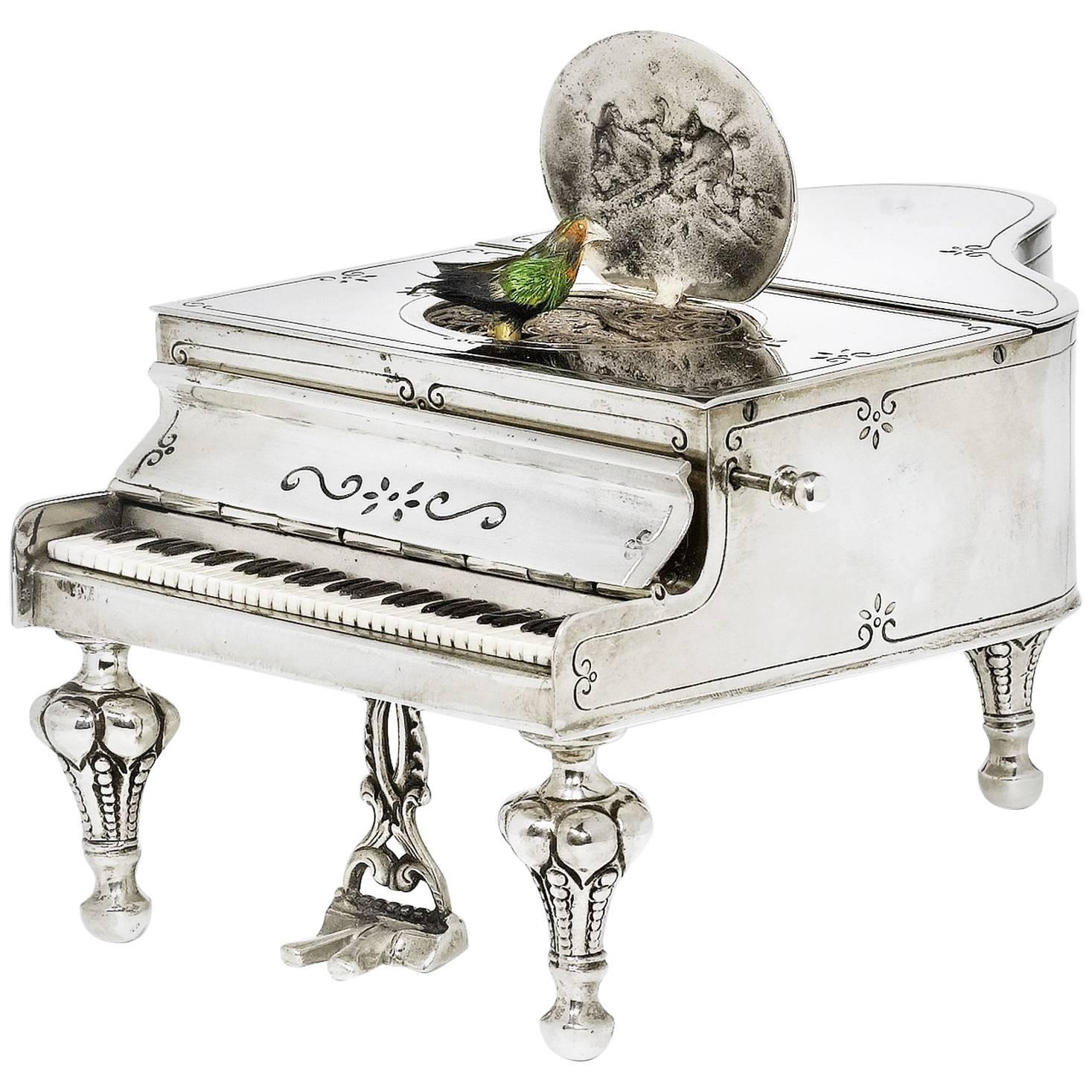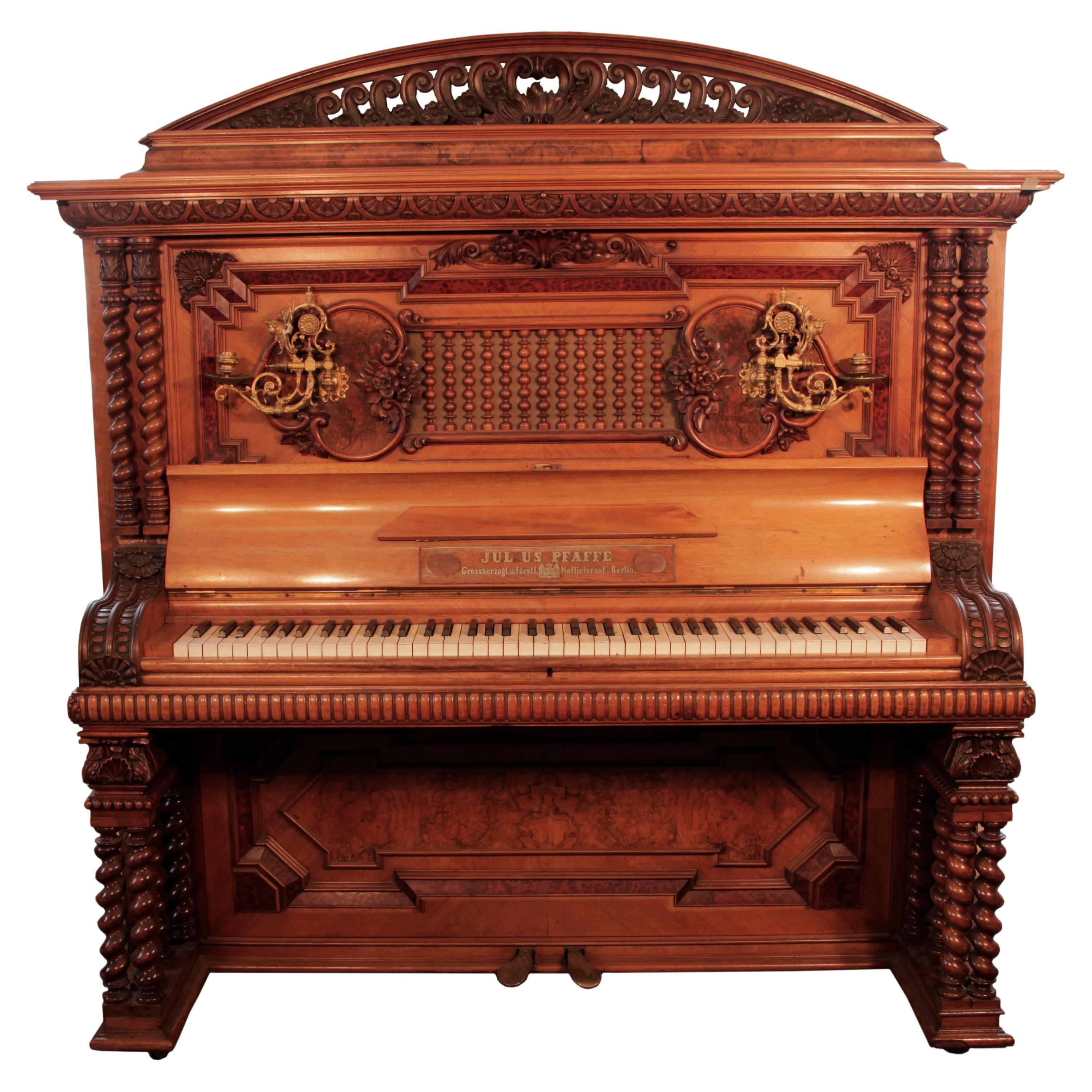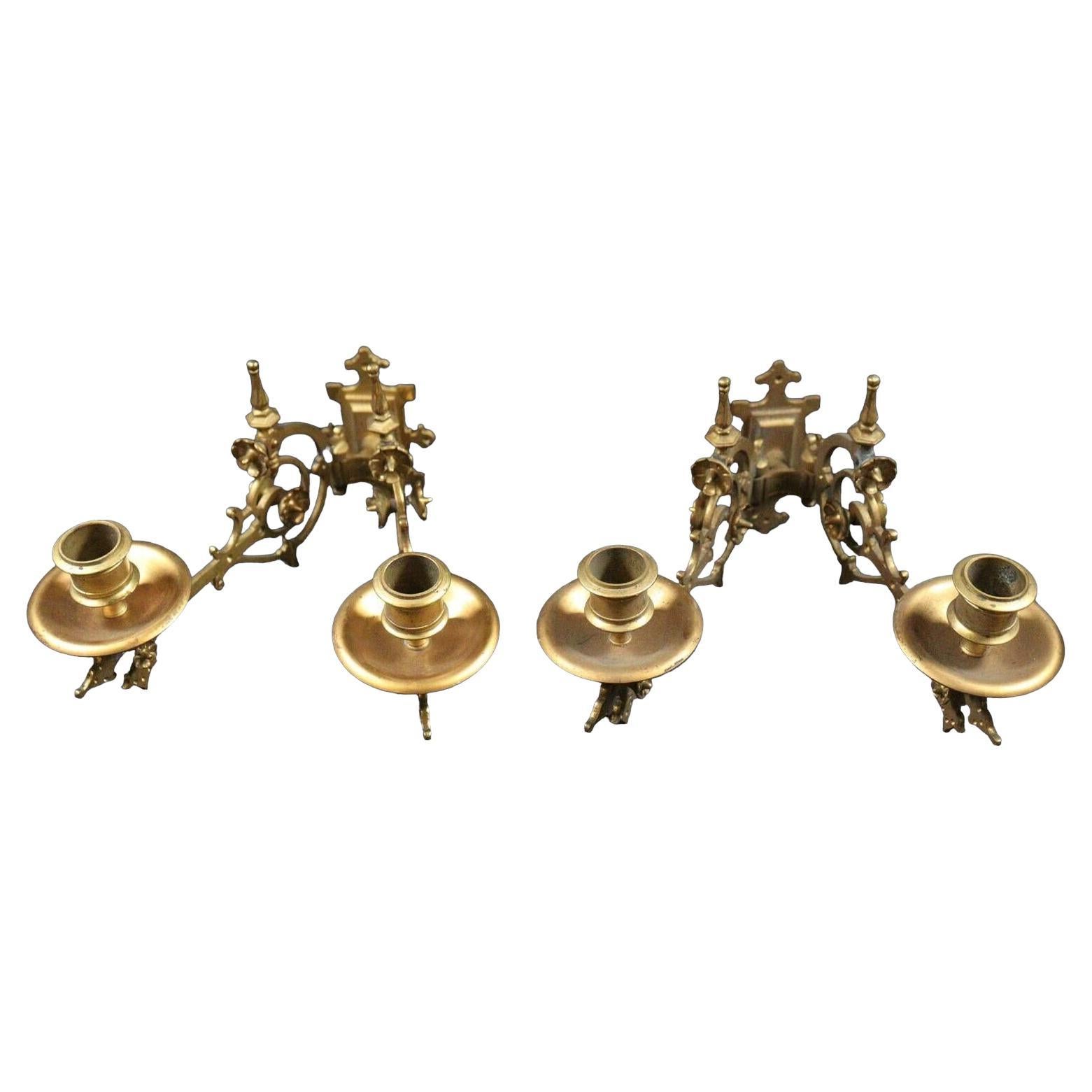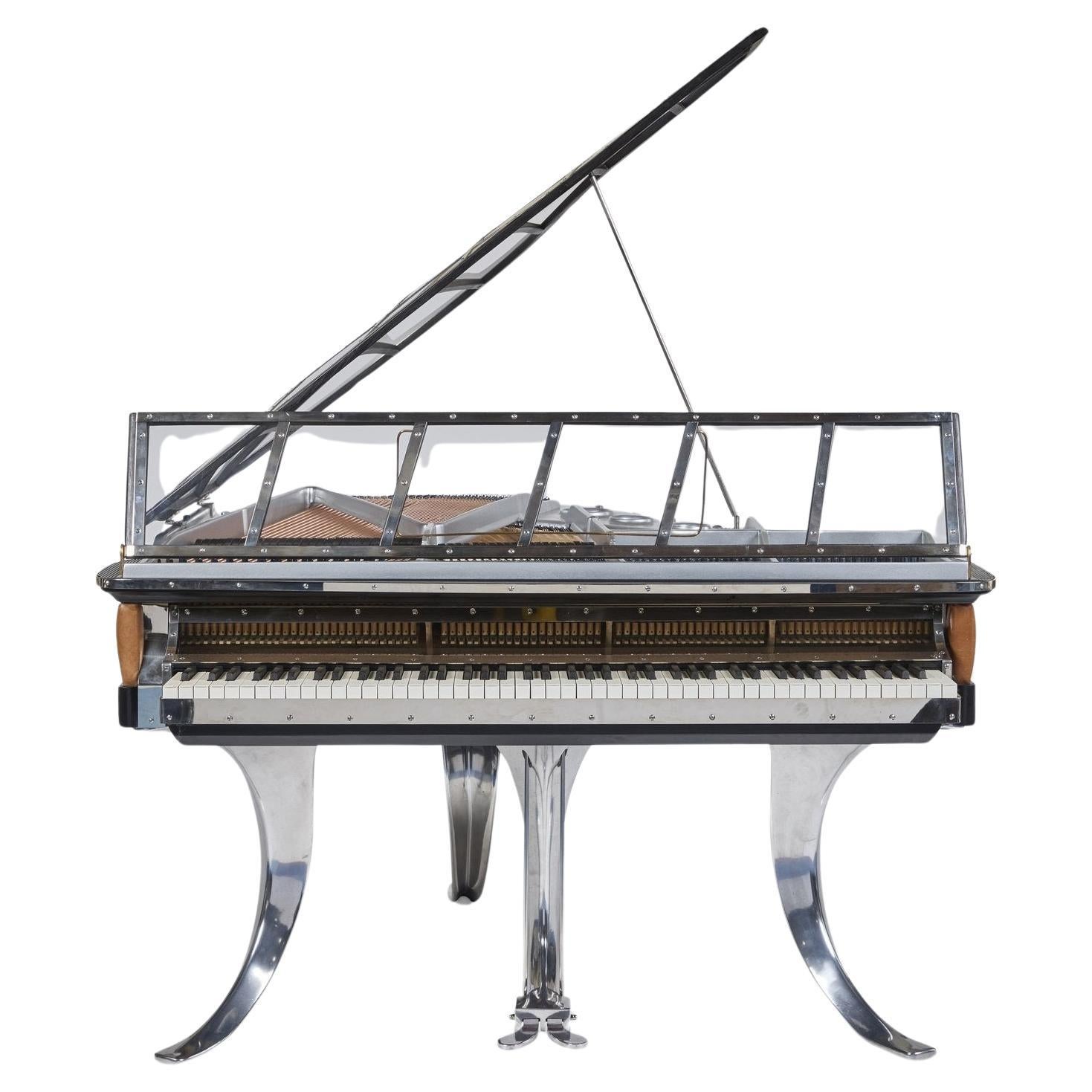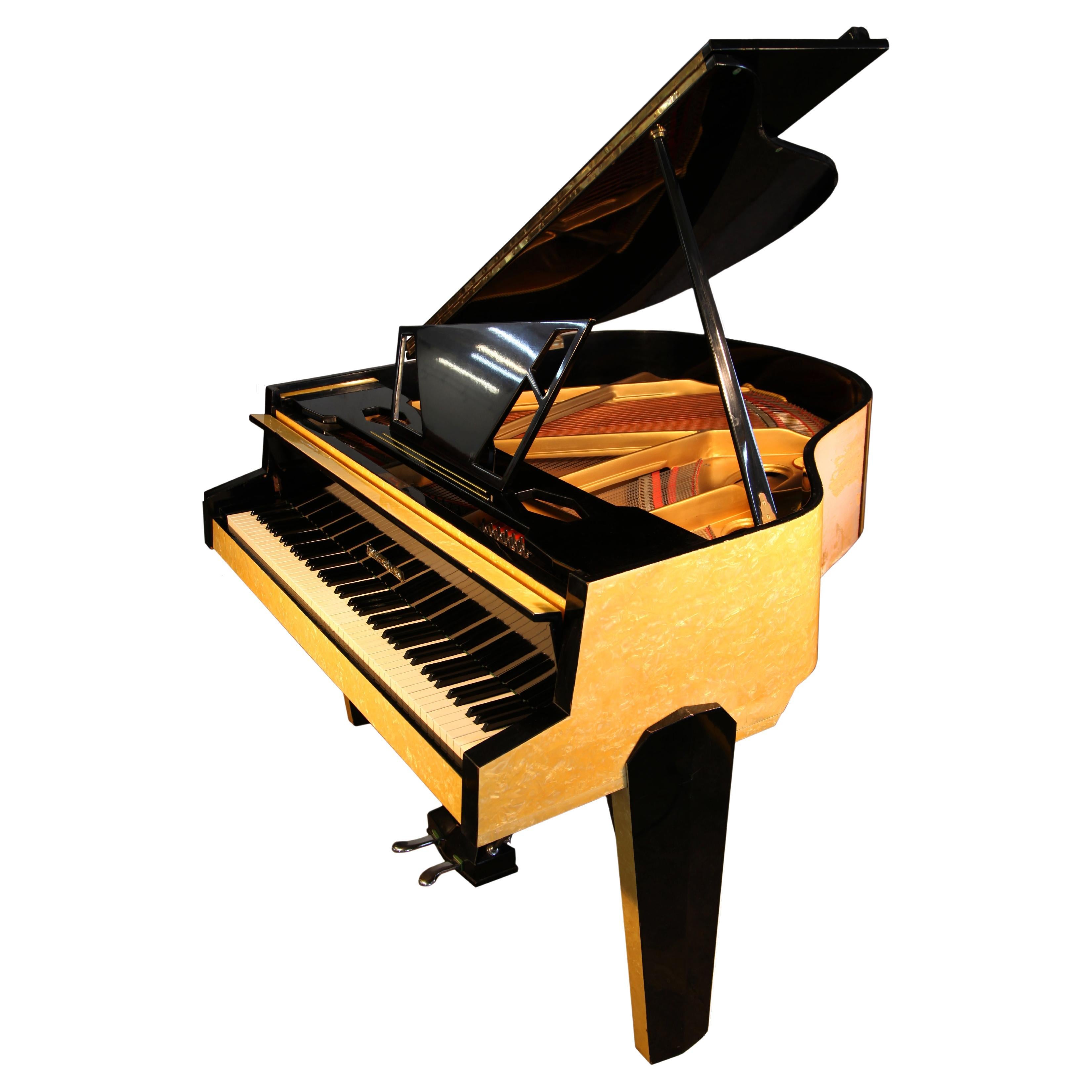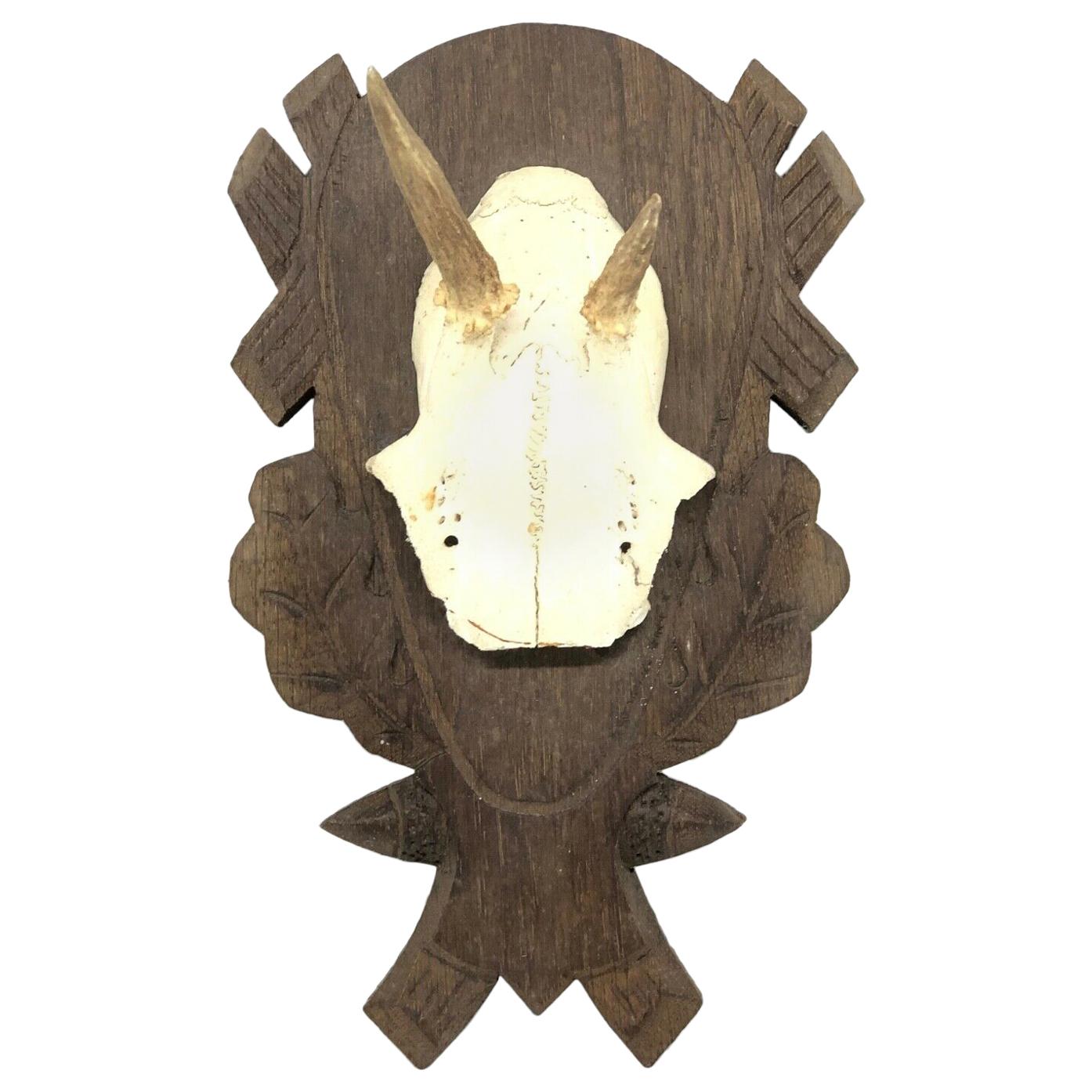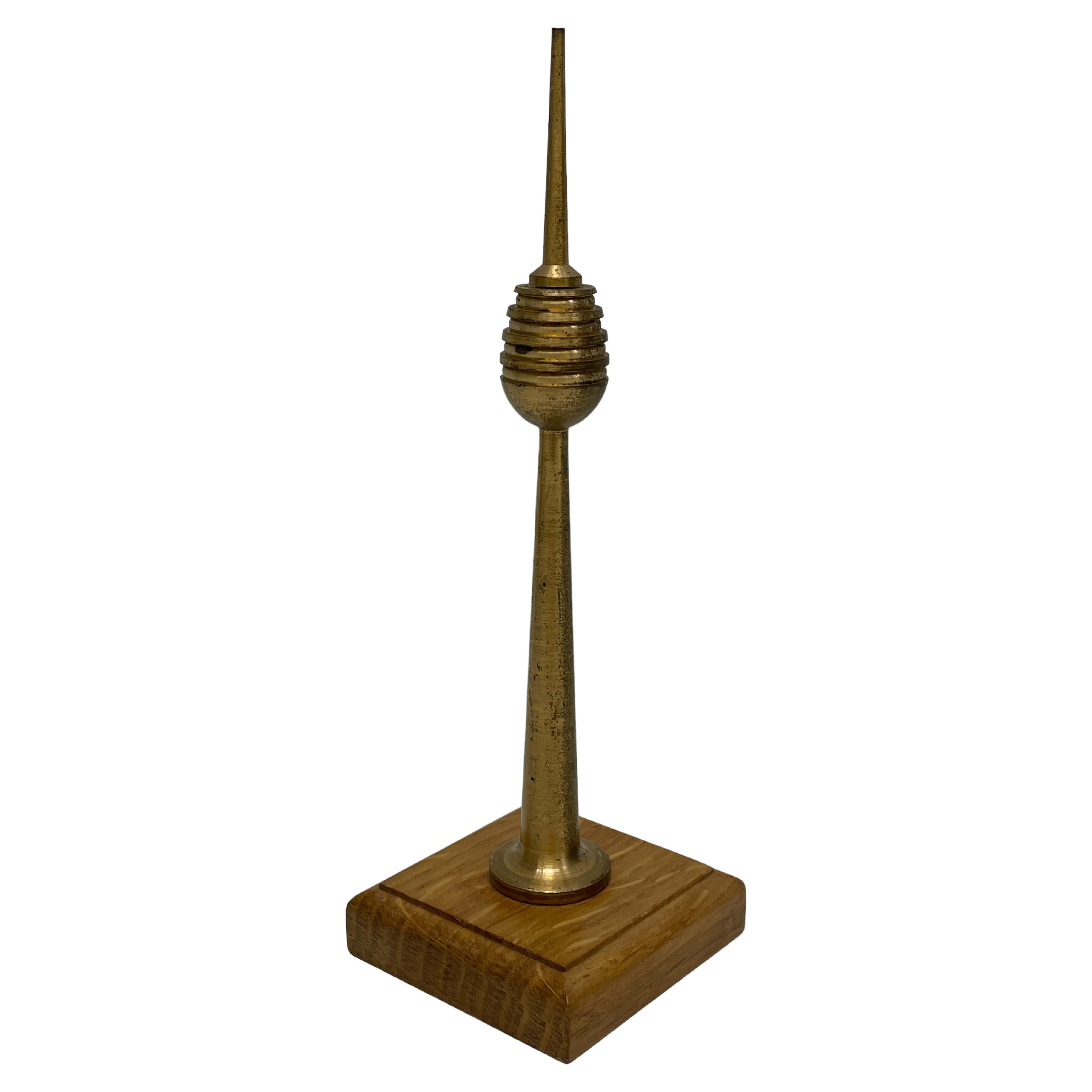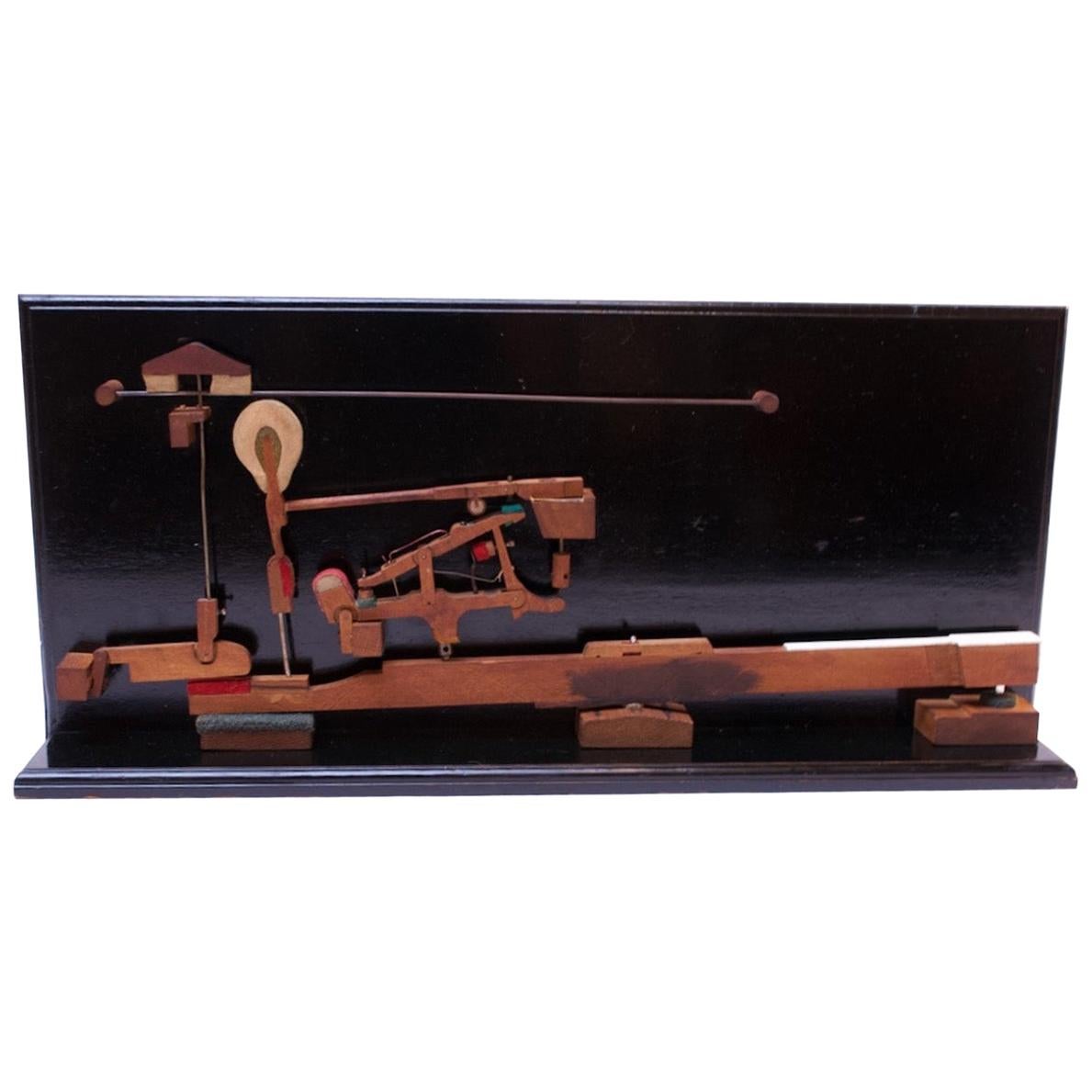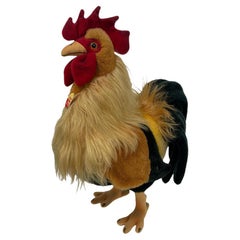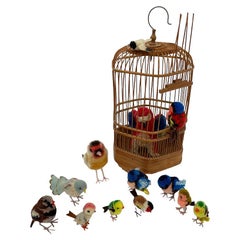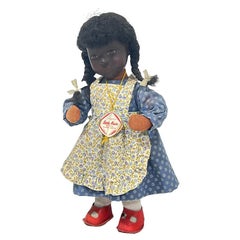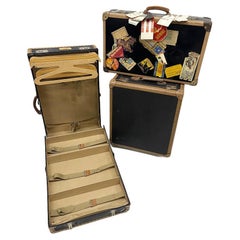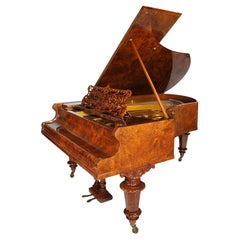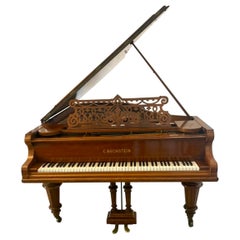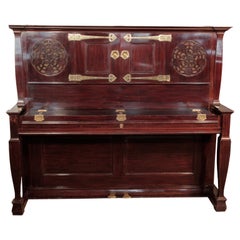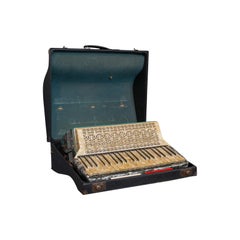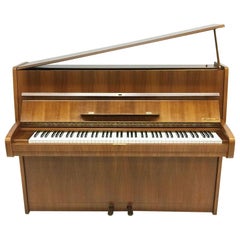
C. Bechstein Piano, 170168, 1976-1980, Germany
View Similar Items
Want more images or videos?
Request additional images or videos from the seller
1 of 10
C. Bechstein Piano, 170168, 1976-1980, Germany
$10,808.88List Price
About the Item
- Creator:Bechstein Piano Company (Manufacturer)
- Dimensions:Height: 44.69 in (113.5 cm)Width: 58.47 in (148.5 cm)Depth: 23.63 in (60 cm)
- Materials and Techniques:
- Place of Origin:
- Period:
- Date of Manufacture:1976-1980
- Condition:
- Seller Location:Delft, NL
- Reference Number:Seller: M5571stDibs: LU3465119026372
About the Seller
5.0
Platinum Seller
Premium sellers with a 4.7+ rating and 24-hour response times
Established in 1995
1stDibs seller since 2018
374 sales on 1stDibs
Typical response time: 1 hour
Authenticity Guarantee
In the unlikely event there’s an issue with an item’s authenticity, contact us within 1 year for a full refund. DetailsMoney-Back Guarantee
If your item is not as described, is damaged in transit, or does not arrive, contact us within 7 days for a full refund. Details24-Hour Cancellation
You have a 24-hour grace period in which to reconsider your purchase, with no questions asked.Vetted Professional Sellers
Our world-class sellers must adhere to strict standards for service and quality, maintaining the integrity of our listings.Price-Match Guarantee
If you find that a seller listed the same item for a lower price elsewhere, we’ll match it.Trusted Global Delivery
Our best-in-class carrier network provides specialized shipping options worldwide, including custom delivery.More From This Seller
View AllSteiff plush Cockerel, Germany 2012
By Steiff
Located in Delft, NL
Steiff plush Cockerel, Germany 2012
A large Steiff "Knopf im Ohr" plush Cockerel measuring 48 cm high up to and including the comb. The Cockerel is made from the finest soft plush in the colors, red, green, yellow, yellow light, and caramel brown. The Steiff Original label is a label dated 2012. The button is in the left wing.
Steiff is the inventor of the teddy bear and the world's most famous soft toy...
Category
21st Century and Contemporary German Toys and Dolls
Materials
Fabric
Collection Steiff PomPom and Mohair Birds, Germany
By Steiff
Located in Delft, NL
Collection Steiff PomPom and Mohair Birds, Germany
A lovely collection of Steiff birds in different sizes, ages and fabrics. 13 pieces of Steiff birds in total with extra as accesso...
Category
20th Century German Toys and Dolls
Materials
Fabric
Käthe Kruse Small Doll, 1970-1980s
Located in Delft, NL
Käthe Kruse small doll, 1970-1980s
A Käthe Kruse, Modell Hanne, made in Germany girl with braids in her hair, wears the original blue dress with an apro...
Category
20th Century German Toys and Dolls
Materials
Fabric, Plastic
Mid-20th Century Decorative German Suitcase Set
Located in Delft, NL
Mid 20th Century decorative German suitcase set
A German suitcase set from the 1950s and 1960s, flown with the Royal Dutch Airlines, SAS, Tee, among ot...
Category
Mid-20th Century German Aviation Objects
Materials
Leather
$1,555 / set
German silver card case by Gottlieb Kurz, 1920
By Gottlieb Kurz
Located in Delft, NL
German silver card case by Gottlieb Kurz, 1920
A German silver card holder case by Gottlieb Kurz (1895-1970)
A small silver case with hinged lid an...
Category
Early 20th Century Collectible Jewelry
Materials
Silver
J. Kohle Pforzheim, German silver lock with Pearls Necklace
Located in Delft, NL
J. Kohle Pforzheim, German silver lock with Pearls Necklace
Pearls on double strand necklace with silver (835/1000) closure with a hook lock on a round crown-shaped clasp with pearl...
Category
Mid-20th Century German Collectible Jewelry
Materials
Silver
You May Also Like
A German 19th Century Louis XVI Style Burr Walnut Bechstein Concert Grand Piano
By Bechstein Piano Company
Located in Los Angeles, CA
A Very Fine German 19th Century Louis XVI Style Burr Walnut Bechstein Concert Grand Piano, Serial No. 5655. The beautifully crafted Grand piano, raised on three tapered barrel shaped legs, with an intricately carved ornate music desk and original keys. Circa: 1872.
Length: 80 inches (203.2 cm)
Width: 59 inches: (149.9 cm)
Height (top closed): 38 5/8 inches (98.1 cm)
C. Bechstein Pianofortefabrik
C. Bechstein Pianofortefabrik AG (also known as Bechstein) is a German manufacturer of pianos, established in 1853 by Carl Bechstein.
Before Bechstein
Young Carl Bechstein studied and worked in France and England as a piano craftsman, before he became an independent piano maker. His first pianos were made for other companies.
C. Bechstein
C. Bechstein piano factory was founded on 1 October 1853 by Carl Bechstein in Berlin, Germany.
Carl Bechstein set out to manufacture a piano able to withstand the great demands imposed on the instrument by the virtuosi of the time, such as Franz Liszt. In 1857, Hans von Bülow (Liszt's son-in-law) gave the first public performance on a Bechstein grand piano by performing Liszt's Piano Sonata in B minor in Berlin
By 1870, with endorsements from Franz Liszt and Hans von Bülow, Bechstein pianos had become a staple in many concert halls and private mansions. By that time three piano makers, all of which were founded in 1853, became established as the industry leaders across the world: Bechstein, Blüthner and Steinway & Sons.
In 1881 Bechstein began supplying pianos to Queen Victoria. A gilded art-case piano was delivered to Buckingham Palace, followed by several more Bechstein pianos to Windsor Castle and other royal residences. By January 1886 they were among the piano manufacturers holding a Royal Warrant as a supplier to the Queen. Several British embassies across the world acquired Bechstein pianos.
In 1885, Bechstein opened a branch in London, that eventually grew to become the largest showroom and dealership in Europe. By 1890 showrooms had been opened in Paris, Vienna, and Saint Petersburg. On 31 May 1901, Bechstein Hall, built at a cost of £100,000, was opened next to the company's London showroom at 36-40 Wigmore Street. Between 1901 and 1914, C. Bechstein was the largest piano dealership in London. At that time, Bechstein was patronized by the tsars of Russia, the royal families of Spain, Belgium, the Netherlands, Italy, Sweden, Norway, Austria and Denmark, and other royalty and aristocracy. The list of royal clients of Bechstein may be found on the soundboard of vintage Bechstein pianos made before the Second World War. The list is part of the original Bechstein trademark logo; it can be seen under the strings in the center of a piano's soundboard.
The signature of Carl Bechstein
The years from the 1870s through 1914 brought Bechstein their most dramatic increase in sales. In 1880 a second Bechstein factory was opened in Berlin, and the third factory was opened in 1897 in Berlin-Kreuzberg. Production reached 3,700 pianos annually in 1900, and 4,600 in 1910, making Bechstein the largest German manufacturer of high-end pianos. At that time, about three quarters of production went to international markets, especially Britain and the Commonwealth, and Russia.
Carl Bechstein died in 1900, and the Bechstein company continued to operate under the management of his sons.
Between 1900 and 1914 C. Bechstein was one of the leading piano makers in the world, employing 1,200 craftsmen and workers by 1913 and making five thousand pianos per year.
First World War
C. Bechstein suffered huge property losses in London, Paris, and St. Petersburg during World War I. The largest loss was in London. Although the company's position in the United Kingdom was initially unaffected, with the company still listed as holding a Royal Warrant in January 1915, Warrants to both King George V, and his wife Queen Mary were cancelled on 13 April 1915. Bechstein was not the only musical concern to be affected by growing anti-German sentiment: there were earlier attempts, led by William Boosey, to boycott German music altogether. In 1915, despite being a Baronet and Privy Counsellor, Sir Edgar Speyer, who was then funding the Proms, was forced to leave the country. Following the passing of the Trading with the Enemy Amendment Act 1916 the British arm of the company was wound-up on 5 June 1916, all Bechstein property, including the concert hall and showrooms full of pianos, were seized as "enemy property" and closed. In 1916 the hall was sold as alien property at auction to Debenhams for £56,500. It was renamed Wigmore Hall, and then re-opened under the new name in 1917. All 137 Bechstein pianos at the Bechstein showrooms were confiscated too, and became property of the new owner of the Hall. After a dispute with his brother, Edwin Bechstein left the company and was paid off.
Eventually the Bechstein factory resumed full-scale production during the 1920s. At that time, technical innovations and inventions of new materials and tools, as well as improvements in piano design and construction, had allowed Bechstein to become one of the leading piano makers again.
The most successful models were the updated "A"-185 and "B"-208 grand pianos. The upright pianos became more popular after the war, and C. Bechstein were successful with its upright pianos Model-8 and Model-9, both of which have been considered the finest upright pianos.
As the company was changed into a joint-stock company 1923, Edwin Bechstein and his wife Helene, bought themselves back into the company as shareholders.
In 1930 the company collaborated with German electrical goods manufacturer Siemens under Nobel laureate Walther Nernst to produce one of the first electric pianos...
Category
Antique 19th Century German Louis XVI Musical Instruments
Materials
Bronze
$49,850 Sale Price
33% Off
Exceptional Quality Antique C.Bechstein Victorian Rosewood Boudoir Grand Piano
Located in Suffolk, GB
Exceptional quality antique C.Bechstein Victorian rosewood boudoir grand piano Model V (1898) having a superb quality rosewood lift up top opening to reveal an ornate adjustable musi...
Category
Antique 19th Century German Victorian Musical Instruments
Materials
Other
$21,992 Sale Price
20% Off
Arts and Crafts, Bechstein Upright Piano Rosewood Brass Hinges by Walter Cave
By Walter Cave
Located in Leeds, GB
An 1897, Arts and Crafts Bechstein upright piano with a polished, rosewood case, fretwork panels and ornate brass hinges in a stylised floral design. Unique design by Walter Cave, executed by C. Bechstein and exhibited by Maple & Co.
C. Bechstein is inscribed on a square, brass plaque on the piano fall.
The front panel features cupboard doors, which open so as to allow the music desk to fall into place. These doors occupy half the width of the front, so that they fold back out of the way of the player. The candle sconces are concealed behind the doors and brought into use when required.
The music desk is in an openwork folkloric inspired design of stylised birds, foliage and flowers.
The brass candle holders also feature cut-out stylised bird motifs.
The front panel is flanked by two circular fretwork panels backed in fabric that act as a sound box...
Category
Antique Late 19th Century German Arts and Crafts Musical Instruments
Materials
Brass
Vintage Piano Accordion, German, Squeezebox, Meinel and Herold, Dix Reeds
Located in Hele, Devon, GB
This is a vintage piano accordion. A German, pearloid squeezebox by Meinel and Herold with Dix reeds and carry case, dating to the mid-20th century, ci...
Category
Mid-20th Century German Musical Instruments
Materials
Brass
Antique German Silver Music Box in the Form of a Grand Piano
Located in London, GB
This charming antique silver musical box features a singing bird, which appears from an opening oval. The musical box is exquisitely crafted in the shape of a miniature grand piano, ...
Category
Antique 19th Century German Models and Miniatures
Materials
Silver
German Late Renaissance Pfaffe Piano Carved Mock Roll Top Fall Barley Twist Legs
Located in Leeds, GB
German late Renaissance style, 1896, Julius Pfaffe upright piano for sale with a walnut case and burr walnut panels. Cabinet features a front openwork panel of turned spindles that acts as a sound box...
Category
Antique Late 19th Century German Musical Instruments
Materials
Brass
Recently Viewed
View AllMore Ways To Browse
White Oak Bar Cabinet
Founders Burl
Oak Music Cabinet
Upright Pianos
Burl Piano
Young Manufacturing Burl
Walnut Grand Piano
German Piano Upright
Baldwin Piano
Bechstein Piano
Used Bechstein Pianos
Bechstein Grand Piano
C Bechstein Grand Piano
Vintage Wood Radio
Piano Keys
Antique Brass Musical Instruments Brass
1930s Vintage Radio
Art Deco Vintage Radio
